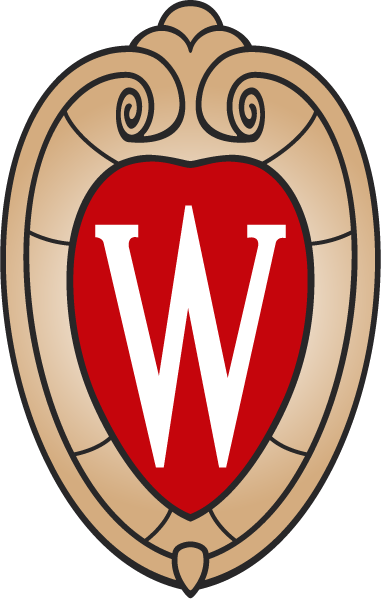
Course Overview
The internal combustion engine is a machine made up of thousands of parts all intricately working together to yield power. One part, the piston rings, are vital to separating the combustion chamber and crankcase, perhaps holding the most important job of all. Upon completion of this course, learners will:
- Have a foundation in piston ring terminology and layout in internal combustion engines.
- Be able to describe the function, design features, materials and coatings as applied to compression and oil control rings in two and four stroke engines.
- Be able to describe axial ring dynamics in the two compression rings in engine operation ring sealing issues.
- Be able to identify both blow-by and oil consumption mechanisms and ways of mitigation for each.
- Will understand the challenges and approaches to ring and cylinder wall wear validation, measurement and modeling in two and four stroke internal combustion engines.
Ultimately, this course will arm learners with critical knowledge of internal combustion piston ring design considerations and wear measurement/mitigation techniques
Who Should Attend?
Individuals looking for advanced knowledge in engine pistons rings including terminology, layout and individual ring application and how each impacts engine design. Those wanting to broaden their knowledge on piston ring design in order to better communicate with piston ring design engineers. Learners seeking a cutting-edge perspective on current piston ring wear measurement and analysis techniques. The content in this course appeals to engineering students, ICE enthusiasts, ICE researchers, reliability engineers and RCA experts alike.
Course Outline
Module 1: An Introductory Look
Module 2: Ring Design Details
Module 3: Temperature Control and Ring Dynamics
Module 4: Ring Movement and the Cylinder Wall
Module 5: Oil Transfer
Module 6: Ring and Cylinder Wall Wear Mechanisms
Module 7: Wear Rate Validation
Module 8: Measurement and Analysis
Instructor
Kevin Hoag
Mr. Hoag has over 40 years of experience in diesel and gasoline engine development, both in industrial and academic environments, and is a Fellow of the Society of Automotive Engineers. He holds the position of Institute Engineer at SwRI and currently chairs SwRI’s Advisory Committee for Research (ACR). His experience is wide ranging and includes both diesel and spark-ignition combustion, engine performance development, emission control, engine layout and balance, casting, forging and materials, structural fatigue analysis, air handling, cooling, and lubrication systems. He also has extensive experience with customer interaction, engine application and service, and engineering education. Specific highlights of Mr. Hoag’s technical contributions include development of explicit formulation for Second Law analysis of IC engines, creation and management of the Heat & Fluids group at Cummins, Inc. and Founding Director and Lead Developer of the Master of Engineering in Engine Systems (MEES) Program at the University of Wisconsin. He hold patents and authored numerous publications, and hold several honors and awards. Mr. Hoag currently holds membership in the Society of Automotive Engineers (SAE) and Tau Beta Pi Engineering honors fraternity.
